
Las Vegas has a number of addiction treatment centers, like The Nestled Recovery, that offer a range of services, from detox centers to rehabilitation programs and support groups, ensuring comprehensive care. The genes people are born with contribute to about half of a person’s risk for addiction. Gender, ethnicity, and mental disorders may also influence the risk for drug addiction.
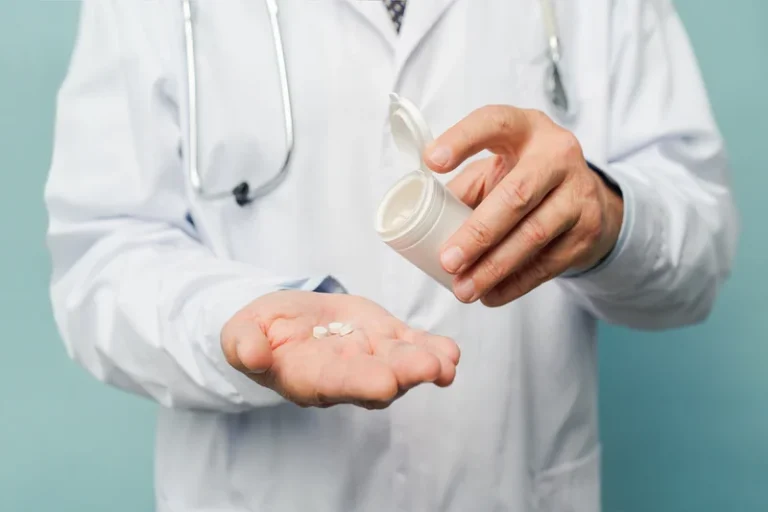
Phase 2: Abuse and Tolerance
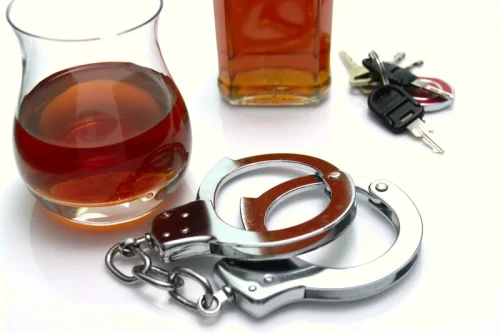
Recognizing that experimentation does not always lead to addiction can help in creating targeted interventions that respect individual experiences while promoting healthier choices. The neurotransmitters serotonin and dopamine send messages to the brain and the rest of the body. The altered brain chemistry essentially requires constant, repetitive exposure to the substance or action to function psychologically and physiologically. This chemical dependence leads to tolerance and withdrawal symptoms, two of the hallmarks of substance abuse addiction that most often Sober living home require a professionally monitored alcohol and drug detox.
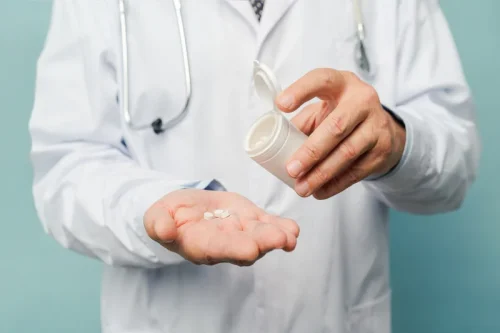
What Are Some Signs of Addiction?
- Individuals at the earlier stages of addiction likely will not need the same intensity of treatment that those in later stages will need.
- Given its chronic and relapsing nature, addiction often requires a multi-faceted treatment approach.
- Anti-inflammatory medications have shown potential in addiction treatment.
- Inpatient Rehabilitation – Residential treatment programs that provide intensive, 24/7 care and support in a structured environment.
To clarify this point, there are some people who do need to use drugs or medication to keep them alive, mainly because they have a condition that requires taking it. Without frequent use of medications like albuterol, which opens up the medium and large pathways in the lungs, people with asthma could not breathe. This might create a belief that they are addicted to their asthma spray because they are dependent on it, but this kind of medication is not habit forming. Tolerance is actually a clear indication that the nervous system, particularly the brain, has already changed in response to whatever substance is being abused. This is not necessarily a good thing as it might only be the brain that has learned to adapt, and the other organs have not, particularly the liver.
Recovery Connection
In fact, sometimes it can take months or even years before the use of drugs or alcohol can turn into an addiction. During that time period, there were will be several different stages that the cycle of addiction body will go through as it starts to depend on that substance. Once an addiction forms, a person often remains trapped in a vicious cycle. If they try to stop using the substance, for example, they may face bothersome physical withdrawal symptoms. A residential drug and alcohol rehab center Pennsylvania locals recommend provides a safe place to focus on healing without outside distractions.
Recognizing the warning signs of addiction is crucial in seeking help early. Understanding how does the cycle of addiction work helps in identifying these early signs before they escalate. If you or someone you know shows these signs, consider reaching out to a cocaine addiction rehab for professional support.
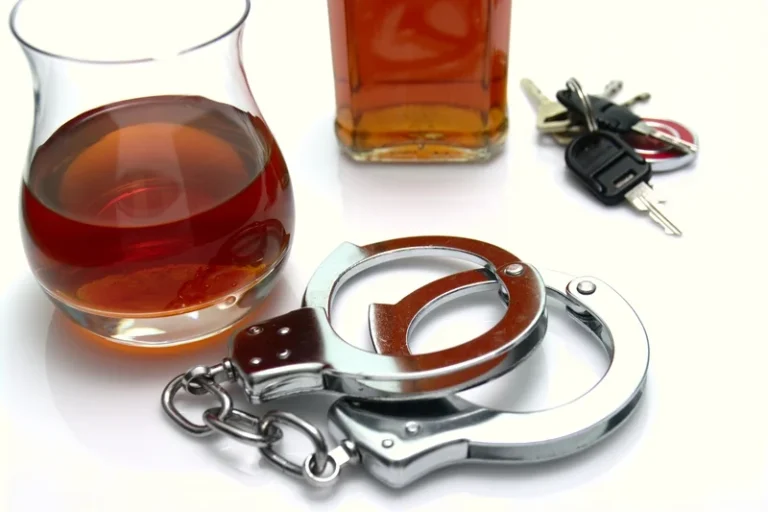
Dependence, in the context of substance use disorder, occurs when an individual becomes reliant on a substance to function normally, stemming from the neurochemical changes in the brain due to regular drug use. It is important to note that dependence extends beyond mere physical reliance and often requires increasing dosages due to tolerance, further complicating the condition. Understanding drug and alcohol experimentation motivations is crucial for addressing the root causes of drug use and effectively supporting individuals at risk of developing substance abuse disorders.
- Cravings are particularly strong in the early stages of abstinence, making this period critical for relapse prevention.
- There is a typical set of behaviors that most addicts or alcoholics exhibit.
- Obtaining and taking more becomes as necessary as eating or sleeping, especially since addiction affects your judgment and decision-making skills3.
- The more the substance is used, the more deeply the cycle becomes embedded, trapping the person in a loop that is difficult to escape, despite the ongoing negative outcomes.
- Let’s take a closer look at the various phases an individual might experience along the way.
- The stages of addiction typically involve initiating substance use, developing dependence, and eventually becoming addicted.
For Loved Ones: How to Support a Loved One’s Mental Health
The more the substance is used, the more deeply the cycle becomes embedded, trapping the person in a loop that is difficult to escape, despite the ongoing negative outcomes. Have you been able to identify with any of the seven stages discussed today? If so, it may be time to reach out for professional help from an addiction treatment center.
When this happens, quitting becomes harder, but still a manageable goal without outside help. Over time, individuals using substances may develop tolerance, meaning they need more of the substance to achieve the same effects. This stage is critical because as the brain becomes accustomed to the substance, the individual must increase their intake to feel the desired relief or pleasure. In this blog, we’ll dive into the stages of the addiction cycle, how it develops, and how treatment and support can help break the cycle.
- This is when a person becomes dependent upon the substance, and satisfying their craving becomes their existence.
- If you think someone is in serious withdrawal from alcohol, benzodiazepines, or barbituates and at risk of a seizure, do not wait.
- These support groups can help reduce the sense of shame and isolation that can lead to relapse.
At What Points in the Addiction Cycle Is Treatment Needed?
Depending on many genetic and environmental factors, some first-time users may not continue the cycle of addiction. In contrast, others may start progressing through the cycle and form a substance use disorder. The fourth addiction stage differs from the abuse stage because the person typically realizes they have a substance problem at this point. Their addictive behaviors become so severe that they cannot function without their substance of choice. In fact, relapse rates for addiction–between 40% and 60%–are similar to those for asthma (50-70%) and adult-onset diabetes (30-50%).
First Use of Drugs or Alcohol
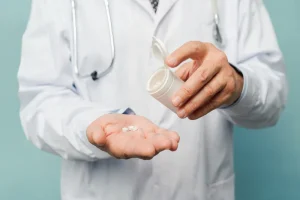
The urge to relapse is not as strong in this stage, and the individual grows confident in their ability to beat the addiction. Addiction is a chronic brain disorder that leads a person to lose control over how they use a substance or engage in an activity. An addicted person will crave and seek drugs and alcohol or continuously engage in activities like sex, eating, and gambling despite obvious adverse consequences. Similarly, when rehab doesn’t work, you can’t immediately jump to the conclusion that rehab is the issue. You have to step back and holistically examine your approach by assessing what’s working and what isn’t.






